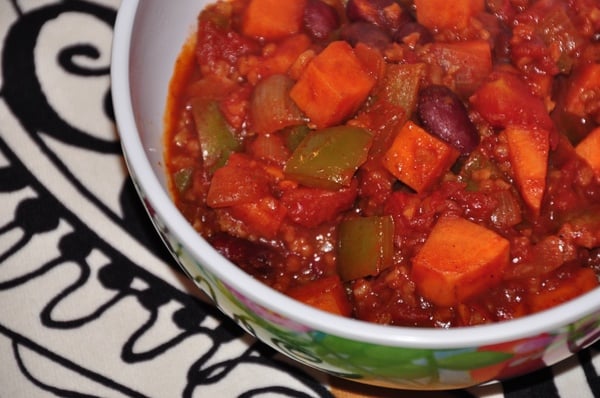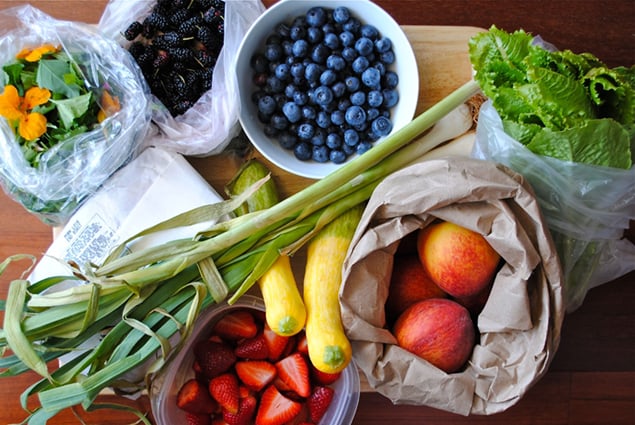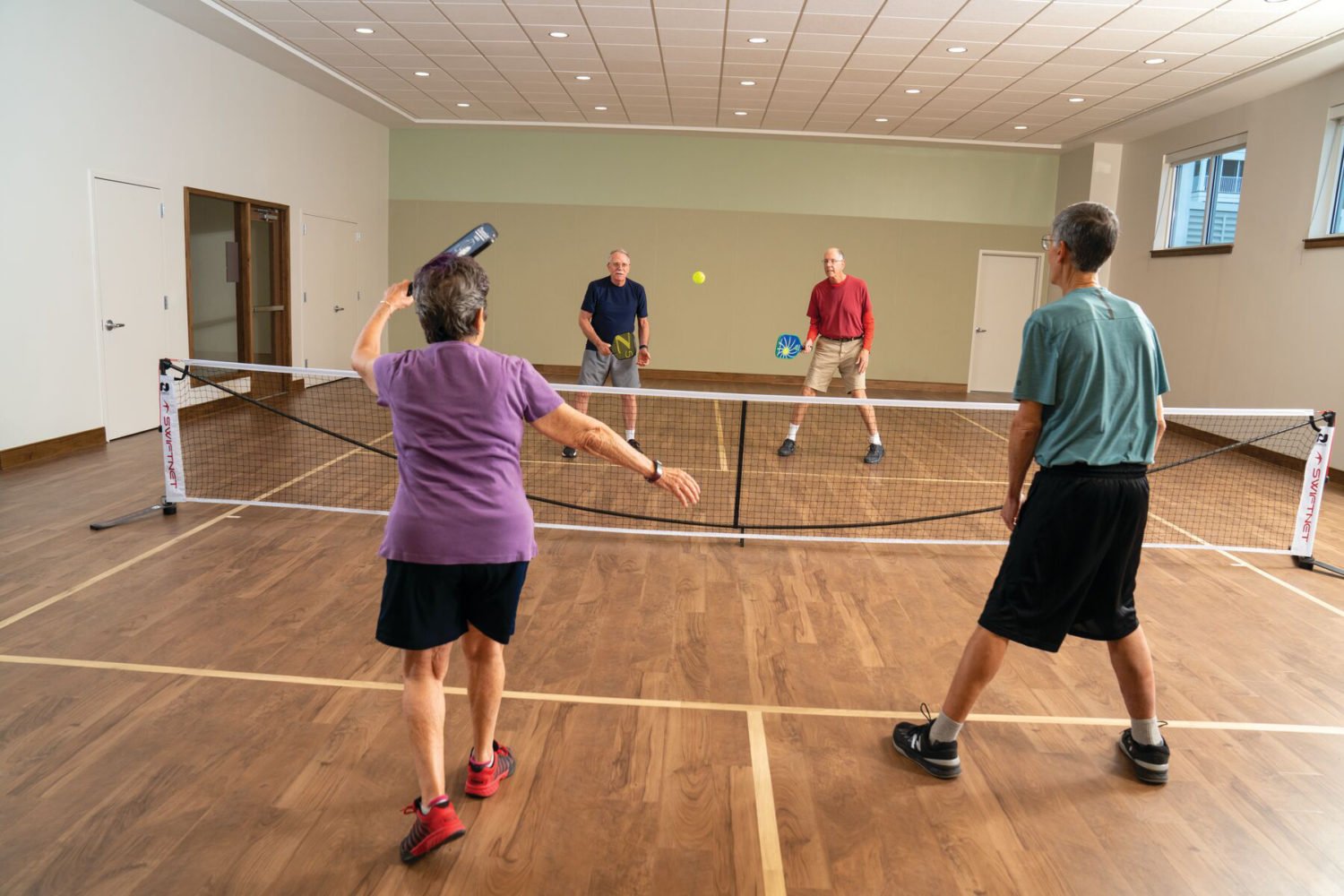Now that Valentine’s Day is behind us—and most of the clearance chocolate has been scoured from grocery aisles—it’s time to focus on a healthier celebration for the heart: American Heart Month.
Heart disease is one of the top deadly diseases in the US, according the the Centers for Disease Control and Prevention, and nearly 50 percent of Americans have either high blood pressure or high LDL cholesterol, or they smoke—all of which can lead to heart disease.
But it’s not all doom and gloom. Registered dietitian and longtime American Heart Association advocate Nancy Chapman shares easy tips for cutting back on bad fats and salts to make the switch a little less painful.
Focus on making it simple.
Chapman recommends filling half your plate with fruits and veggies and then adding lean or plant-based proteins. “Starting with fruits and vegetables will lower the saturated fats you add to your plate,” she says.
Using frozen fruits and vegetables is recommended, as they are easily stored, have a long shelf life, and are easy to add to lean-protein dishes, soups, or smoothies.
Be aware of portion size.
“A lot of excess sodium and fat from our diet just comes from eating too much food,” Chapman says. “If we eat more calories than we burn, we gain weight, and that extra weight puts stress on your heart and can raise your blood pressure.”
Also think about balancing your food groups. Fruits and veggies, whole grains, and proteins (especially plant-based proteins) should make up a meal.
Take a look at where you get your oils and fats.
“That which is liquid is better than that which is hard,” Chapman says. Basically: Avoid hard fats, such as the ones you’ll find around meat, or the buttery fats in dairy products. Olive, coconut, and peanut oil are all heart-healthier options to cook with.
To quickly get an idea of the amount of fat your food has, Chapman recommends placing your food on a paper towel, which will wick up the excess fats and oils. “If the food is really greasy afterward,” says Chapman, “that’s a good sign that your food is particularly higher in saturated or trans fats.”
Use more herbs and spices.
“Over two weeks, your taste buds can lose the taste for salt,” Chapman says. To get through those two weeks when you’re trying to cut down on salt, she recommends reaching for powerful flavors like garlic, cumin, turmeric, cilantro, and chili powder.
Be aware of your bad habits.
“We’re frequently influenced by the people we eat around,” Chapman says. If you know your friends or coworkers are going to persuade you to eat that extra cookie or go for the fries, she suggests doing healthier activities with those social groups to balance out the bad eating habits. “Try seeing if they’ll go for a walk with you after lunch—that way you can socialize and get in some exercise to counteract consuming higher-calorie foods.”
Focus on one meal at a time.
“Folks try to change a total day’s menu, and it makes the switch so much harder,” Chapman says. “Take a look at where you have the most amount of control, and then look at where you have the most difficult time making healthy choices.”
Focus on one meal, like lunch, where you can start brown-bagging a healthy salad or sandwich instead of eating out. Once you feel you have that habit under control, tackle something else, like those 3 PM snack attacks or breakfast on the go.
5 Heart-Healthy Recipes to Get You Started
These recipes all have components of a heart-healthy meal: lean proteins with omega-3 fatty acids, plant-based proteins, vegetables, and antioxidant-rich fruits (and chocolate).
Asparagus and Potato Salad With Lemon-Garlic Dressing and Salmon
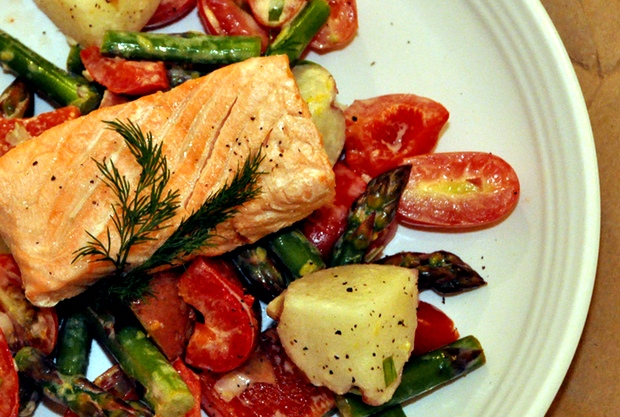
No-Bake Cherry-Almond Bites
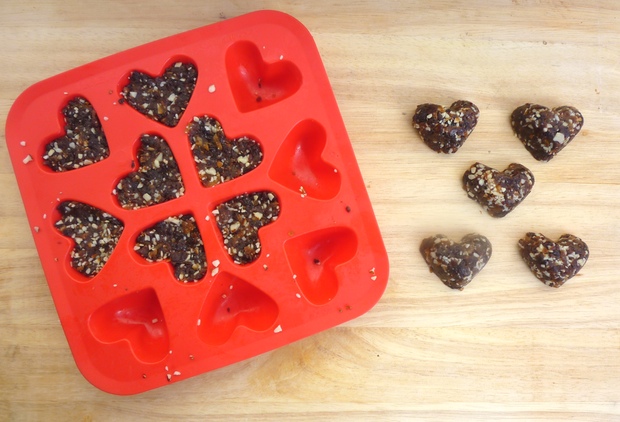
Whole-Grain Oatmeal Pancakes With Raspberry Sauce
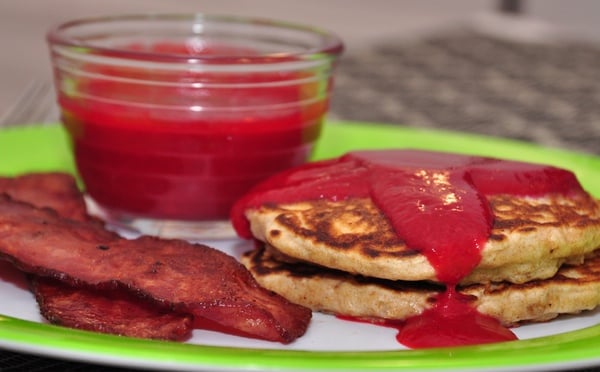
Slow Cooker Moroccan Lentil Soup
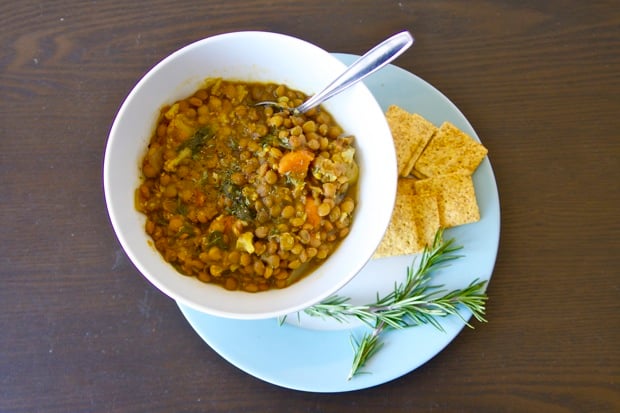
Vegetarian Chili
